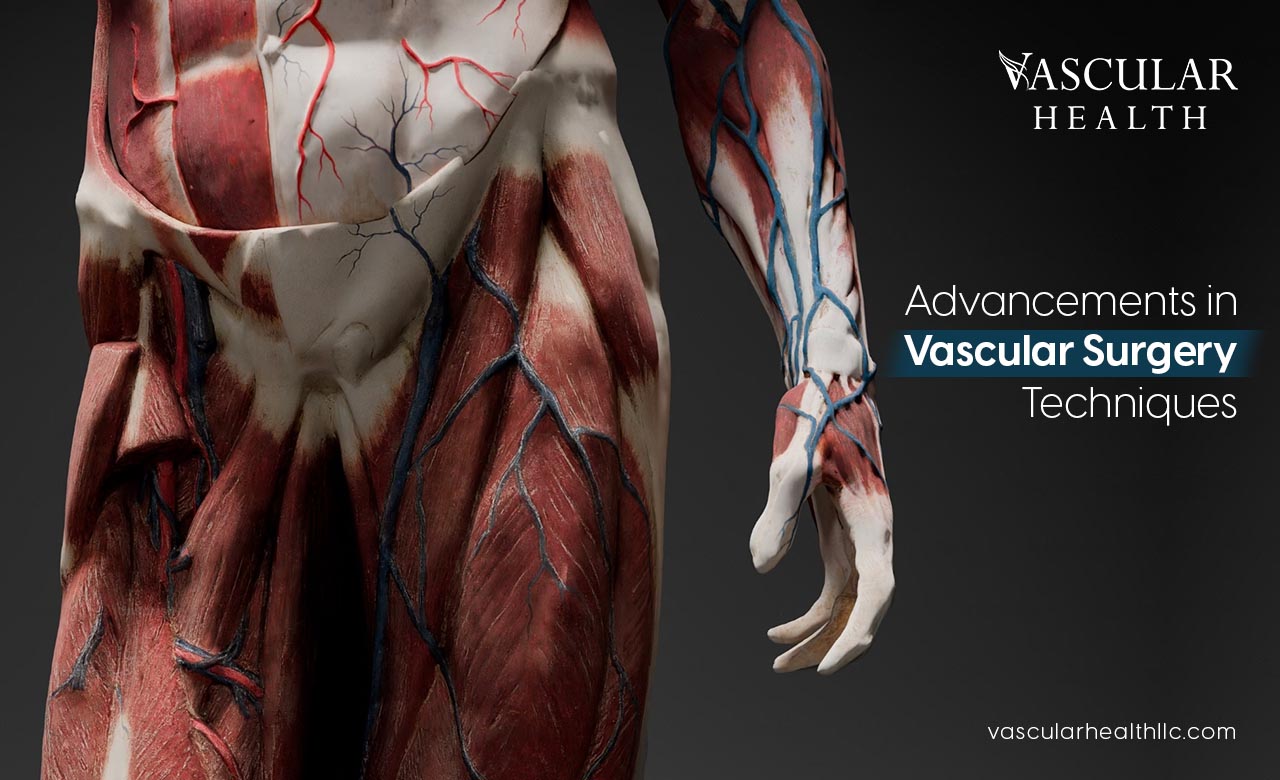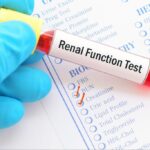The field of vascular surgery focuses explicitly on treating individuals’ vascular problems. Recent advancements in this field have played a vital role in improving patient outcomes, enhancing vascular health, and reducing recovery time. Here are the significant advancements in vascular surgery techniques that have taken place recently.
Endovascular Surgery
Endovascular surgery reduces the need for large incisions by using minimally invasive techniques. A catheter is inserted within small incisions to treat the cause. Significant examples are angioplasty, in which a balloon is inserted within the artery to minimize narrowing, and stenting, in which a mesh tube is used to keep the arteries open.
Advanced Imaging Techniques
Advanced imaging techniques, such as Computed Tomography (CTA) and Magnetic Resonance Angiography (MRA), have revolutionized vascular treatment. These techniques provide a detailed three-dimensional view of the vessels in preoperative and intraoperative settings to ensure maximum safety and accuracy.
Hybrid Operating Rooms
A hybrid operating room combines traditional surgical approaches and imaging techniques. It is crucial to perform open and endovascular surgeries simultaneously. These ORs are used for handling complicated cases such as aortic aneurysms. Hybrid ORs ensure higher efficiency and patient safety.
Robotic-assisted Surgery
Robotic-assisted surgeries are a significant example of the use of cutting-edge technology in healthcare. These surgeries play a crucial role in handling delicate cases such as coronary artery bypass grafting and peripheral artery revascularization. These surgeries assist surgeons to achieve high precision, increased proficiency, and control through minimal incisions.
Laser Atherectomy
Laser atherectomy is a major development in vascular surgery. It involves vaporizing plaque, restoring blood flow, and removing blockages within the arteries. This technique is widely used to treat peripheral artery disease and sometimes in conjunction with endovascular surgeries.
Biodegradable Stents
Inducing the use of biodegradable stents in vascular surgery practices has shown significantly better patient outcomes than typical metal stents. Biodegradable stents tend to dissolve naturally over time, alongside treating the problem. Their use has potentially reduced the risk of long-term complications such as thrombosis and chronic inflammation.
Drug Eluting Balloon or Stents
Drug-eluting balloons and stents are devices covered with medicine that are gradually released to the site. The use of drug-eluting balloons reduces the risk of restenosis and re-narrowing to some extent. These interventions have increased the success rate in vascular surgeries.
Genetic and Cellular Therapies
Genetic and cellular therapies that stimulate the growth of new blood vessels (angiogenesis) have revolutionized the future of vascular surgery. Researchers are finding new ways to grow and repair damaged vessels through gene therapy and stem cell therapy. Moreover, these innovative approaches could enhance the treatment of critical limb ischemia and coronary artery disease.
Technological advancements are revolutionizing vascular surgery techniques for maintaining good vascular health. These innovative approaches provide enhanced patient safety, minimally invasive options, and improved quality of life. The future of vascular health looks promising as research and development continue.




